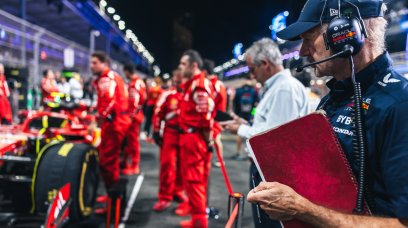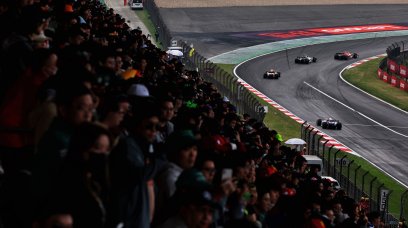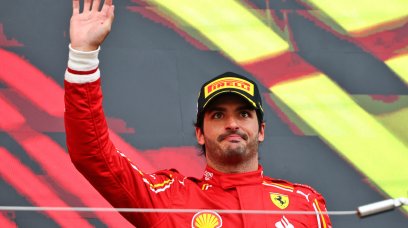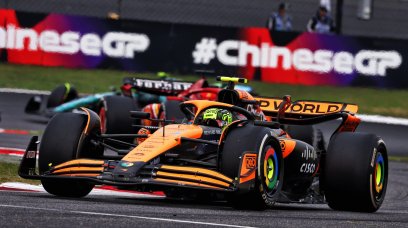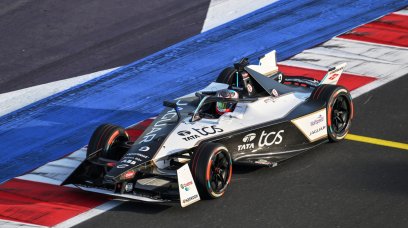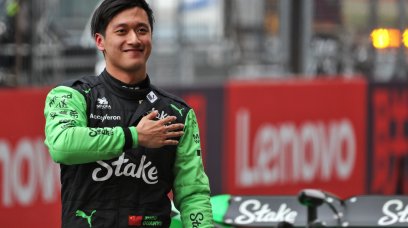Toto Wolff has reiterated his belief that Mercedes will be able to unlock the ultimate potential of the W13 as the season goes on, explaining why the team aren't rushing to introduce reactive upgrades. While the Silver Arrows appeared more competitive last time out in Australia, drivers George Russell and Lewis Hamilton were quite negative about the car's lack of reaction to set-up changes they made over the course of the weekend. Heading to the Emilia Romagna Grand Prix - where the first Sprint event of the 2022 season will take place - the challenge will be even greater. The format change means that teams have just 60 minutes of practice time to refine their car before going into parc ferme conditions ahead of Friday's qualifying. Mercedes have held off rushing through any updates for the W13 despite their slow start to the season, with Wolff stating that keeping a consistent level of performance is more important at this early stage of the new aerodynamic regulations, as the teams attempt to figure out the ground effect formula.
Ground effect means a "new way" of analysing data
"I believe that we are going to get it nailed on with this car," Wolff told media, including RacingNews365.com . "You can see that many other teams, like Ferrari, still have some bouncing, but they have done many other things right that we missed out on, or that we didn't perform very well. "The same for Red Bull. I mean, their car got quick from one day to the other in Bahrain testing by bringing the updates." Wolff pointed out that the restrictive nature of the regulations and real-world track time means that it's a new process to figure out how best to correlate data with how the car handles on the circuit. "This car is very difficult to correlate, because you can only move the car with a certain frequency in the wind tunnel, where it's limited. On track, it does something completely different" he said. "This is a new way of analysing aero data, it's a new way of correlation between the simulations and the real world, which needs to be understood. We have the tools and the people to understand that, but we haven't found that yet."
Mercedes "still learning" three races in
Both Mercedes drivers had complained about how the W13 didn't respond to set-up changes in Australia, with Wolff confirming that nothing seemed to have an effect on the level of porpoising encountered on track. "I think we're just learning the car. We're learning the tyres," the team boss commented. "Nothing we did [in Australia] unlocked the aerodynamic potential, or reduced the bouncing. "We're still in the same place, and that's why it doesn't make any sense to bring updates, because you're confusing yourself even more. Maybe it's even the fact that the more downforce you bring, the worse the bouncing gets, so we're still learning."
Most read
